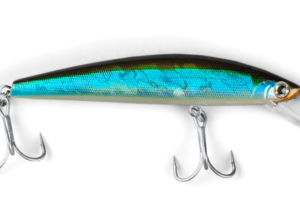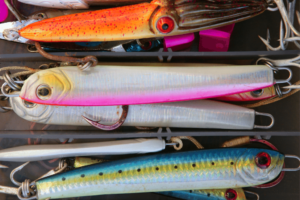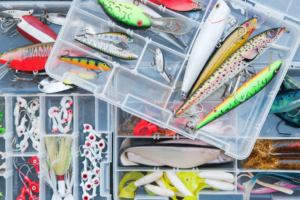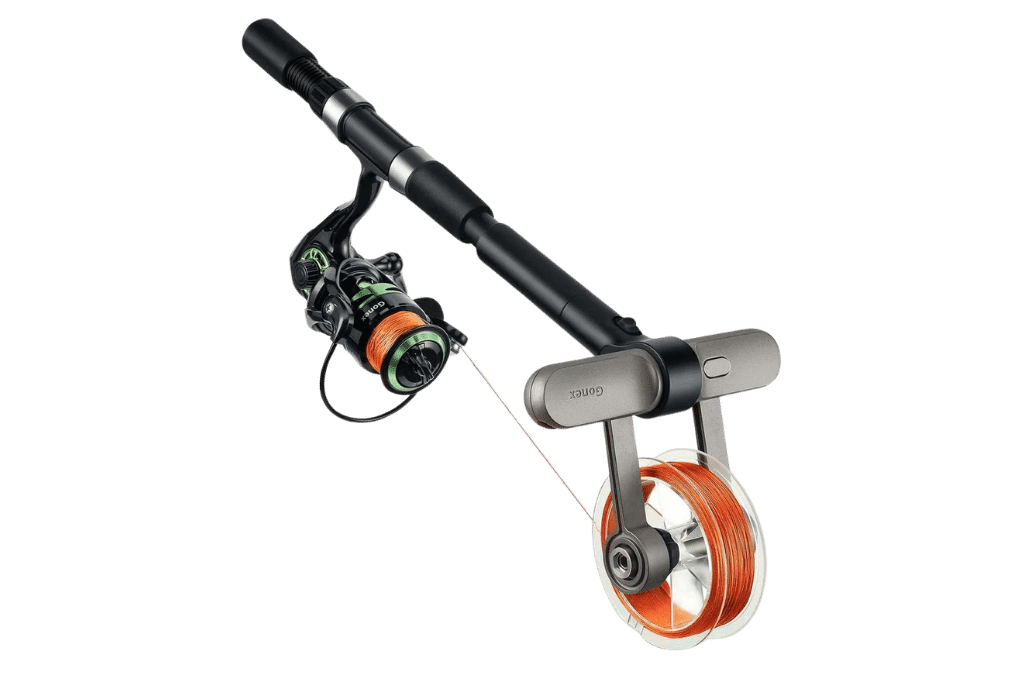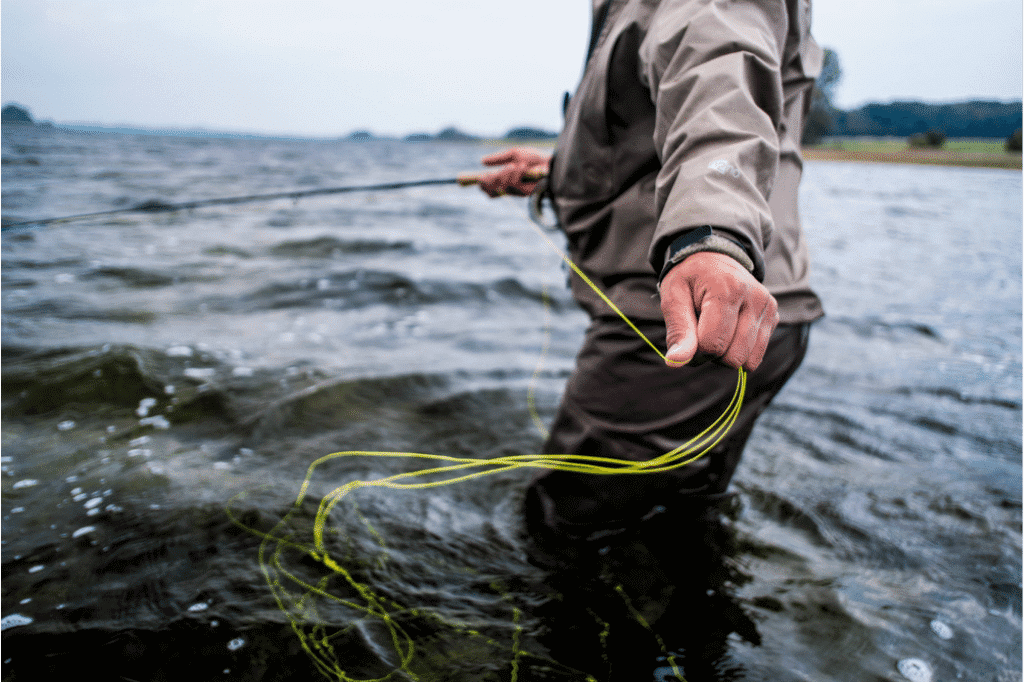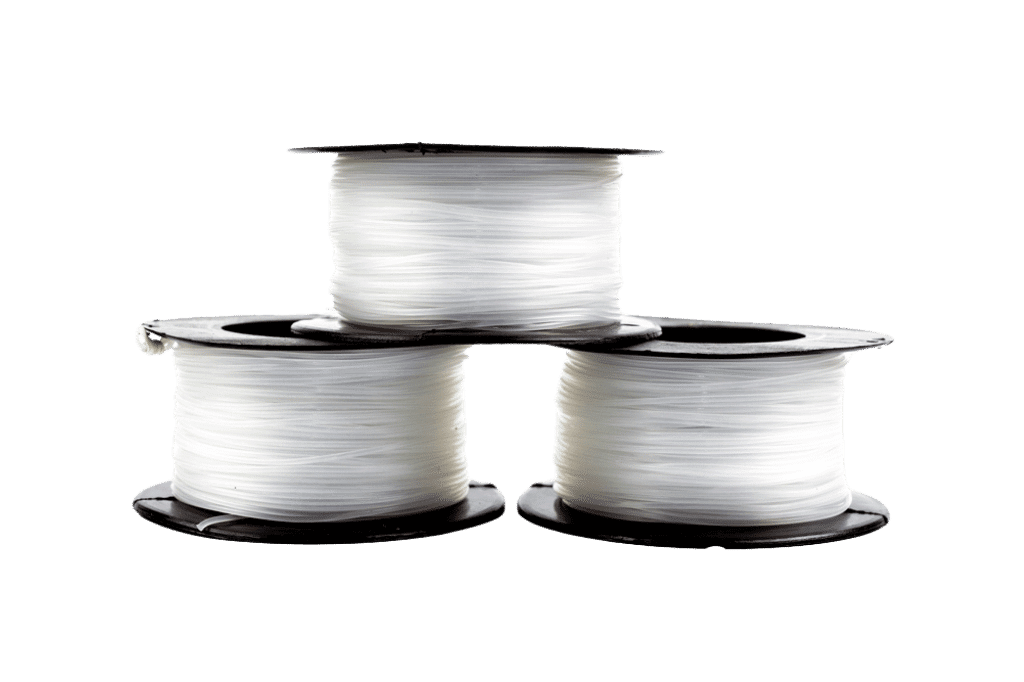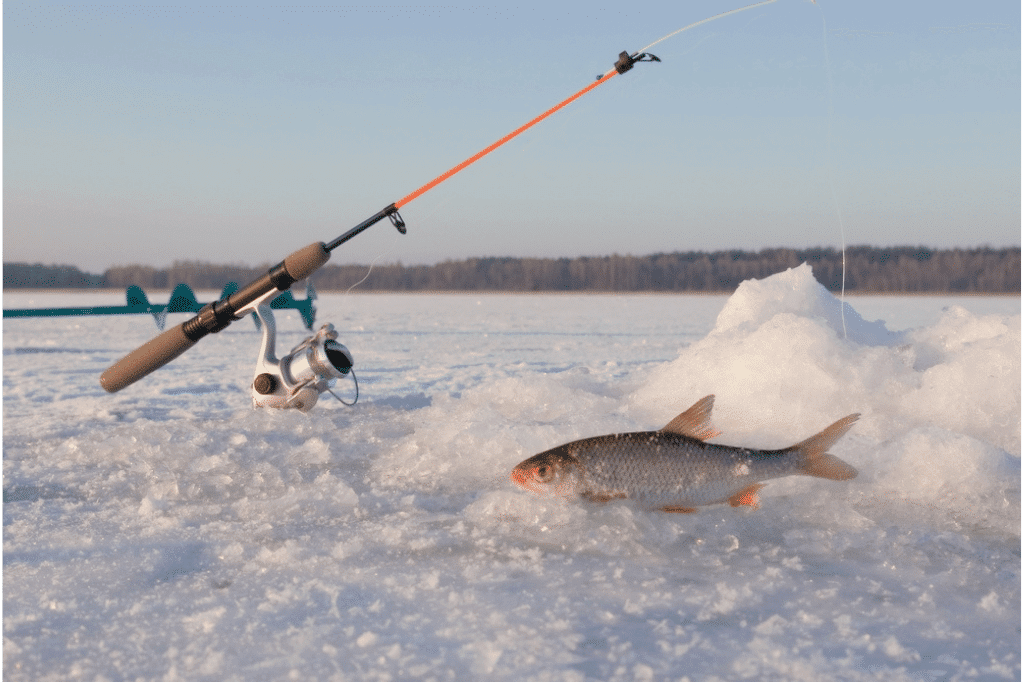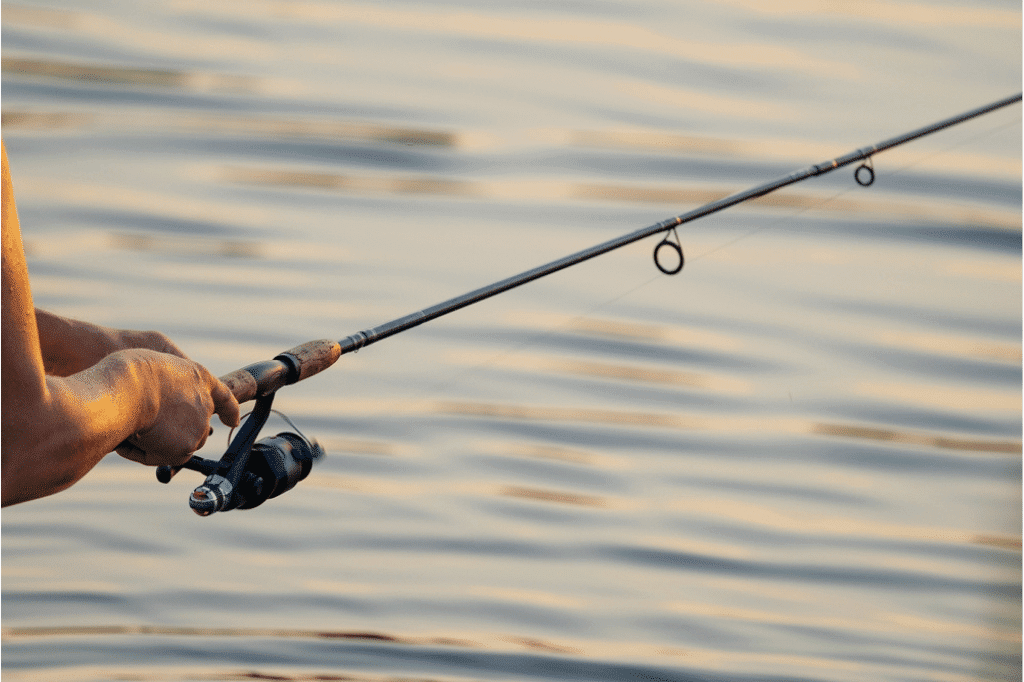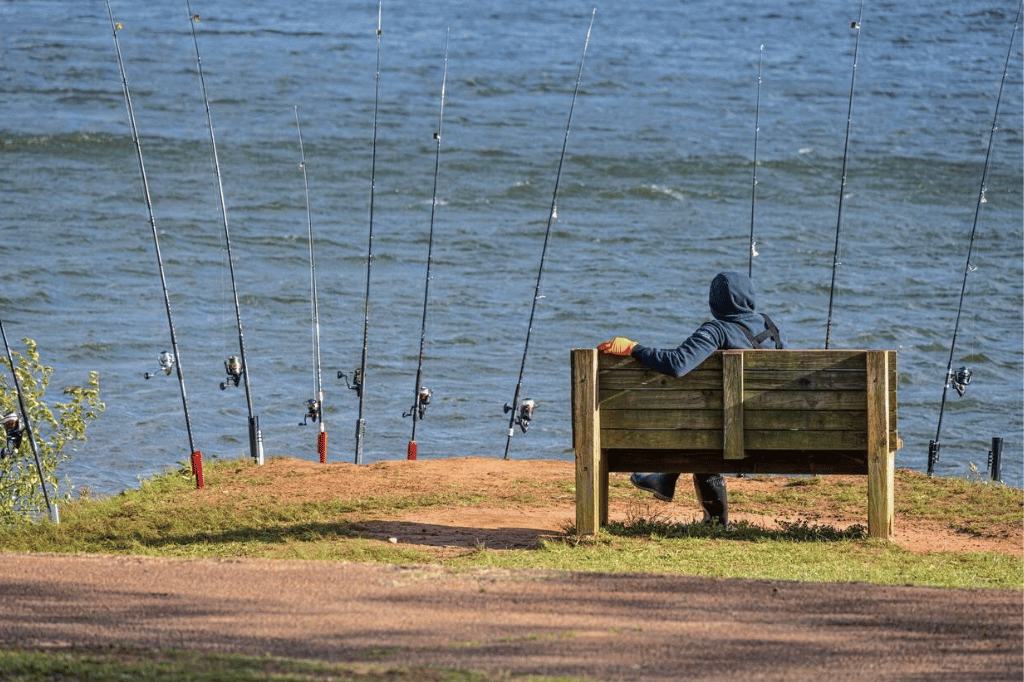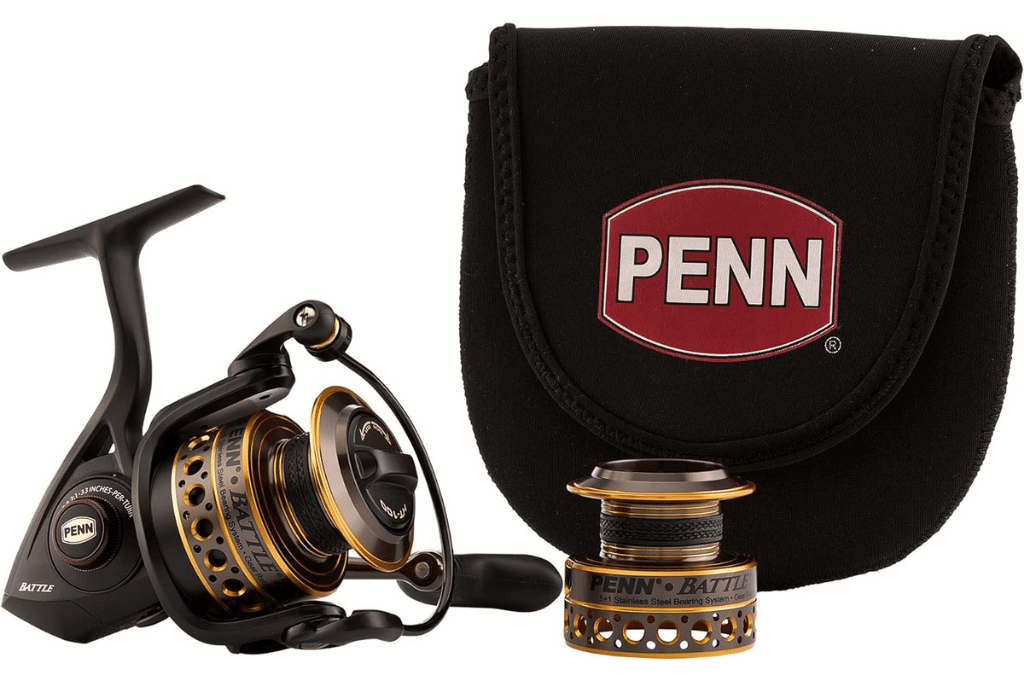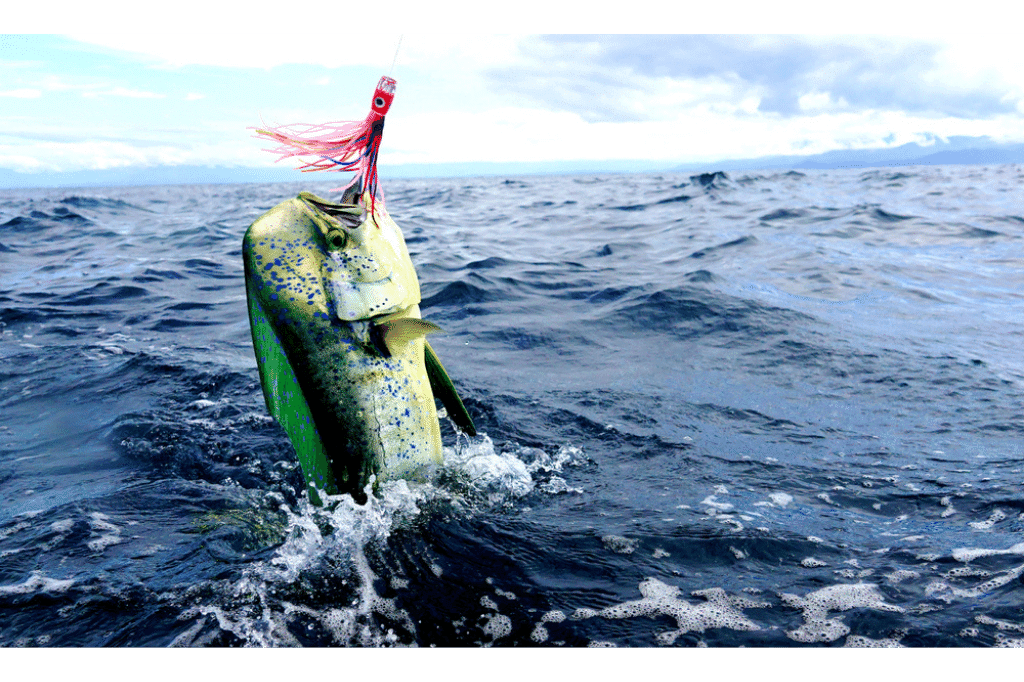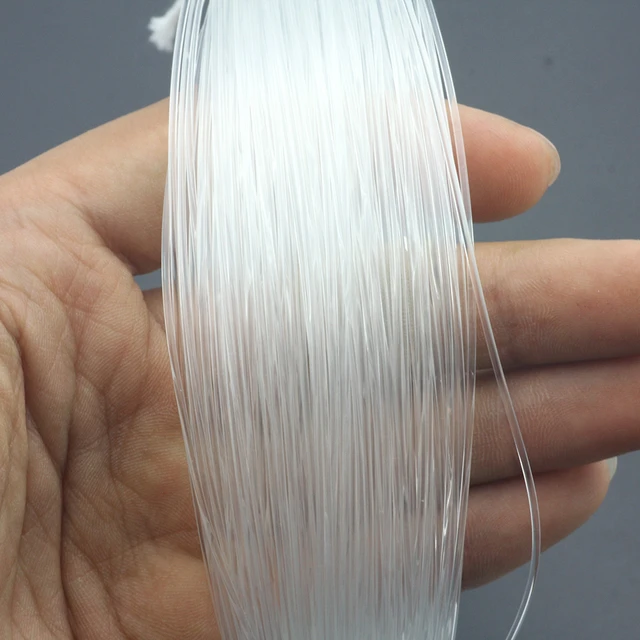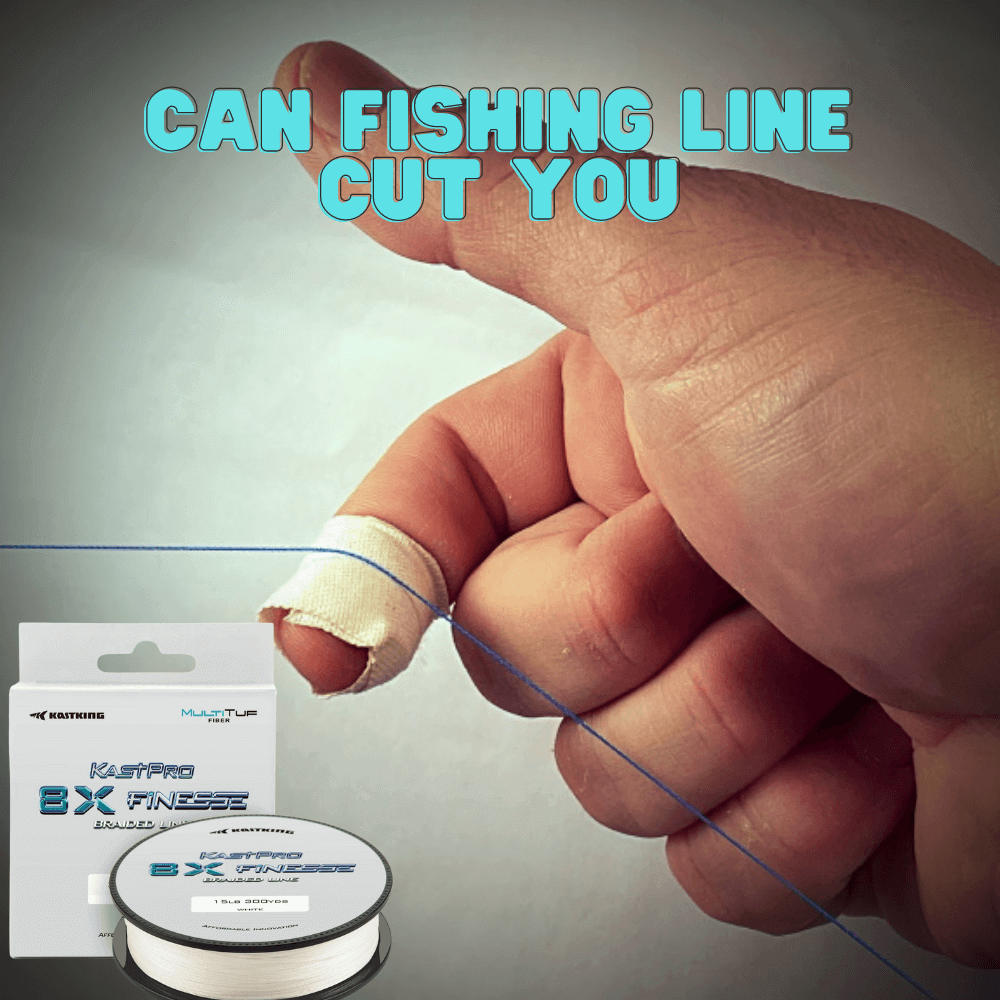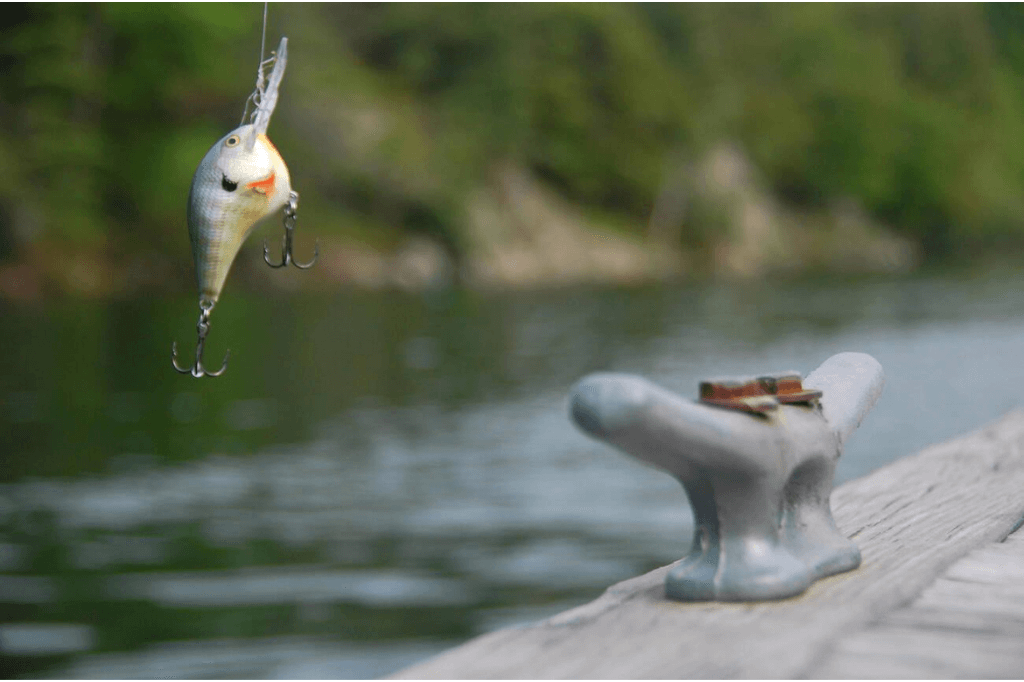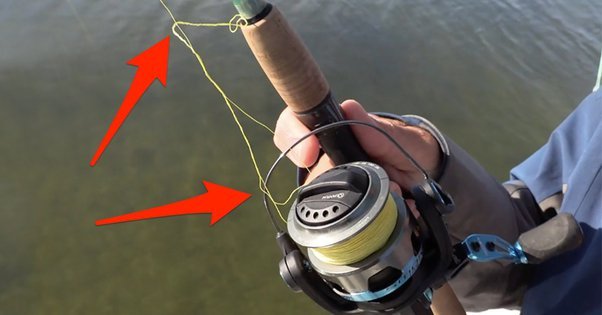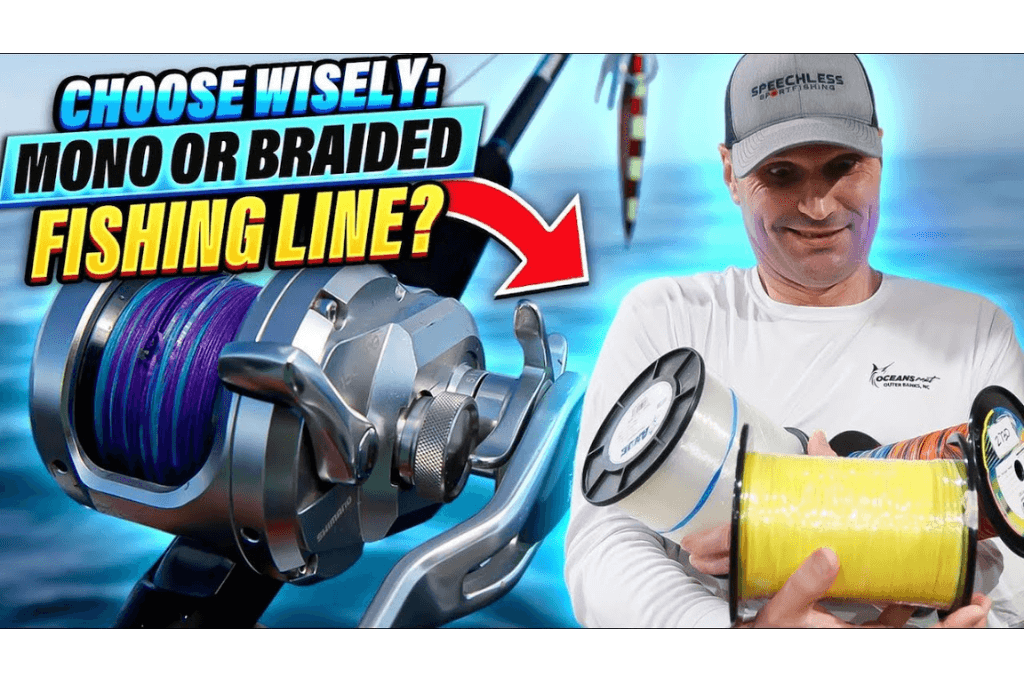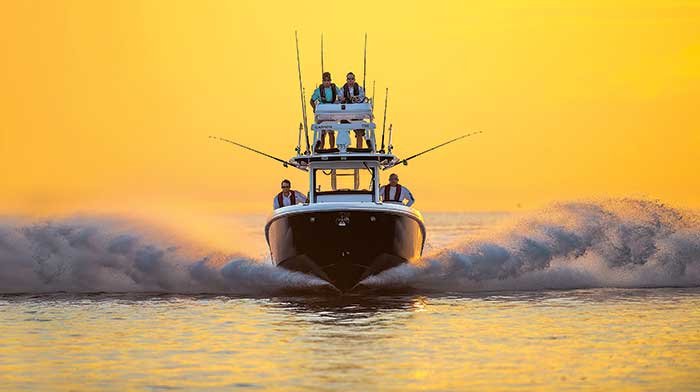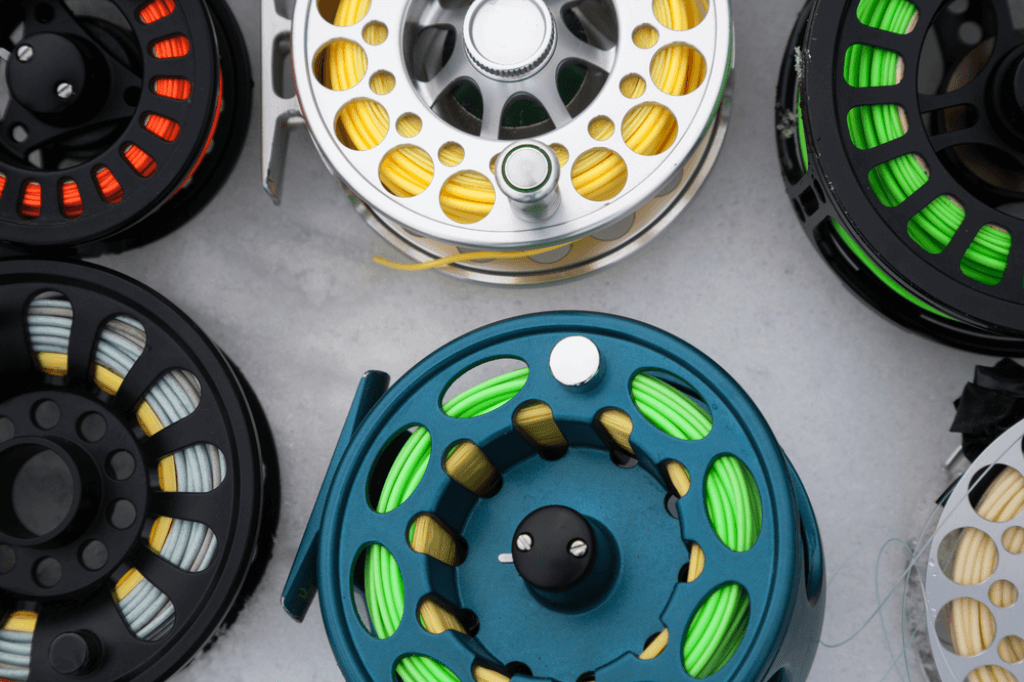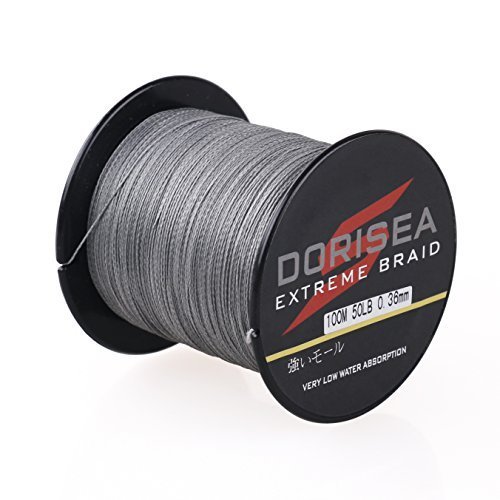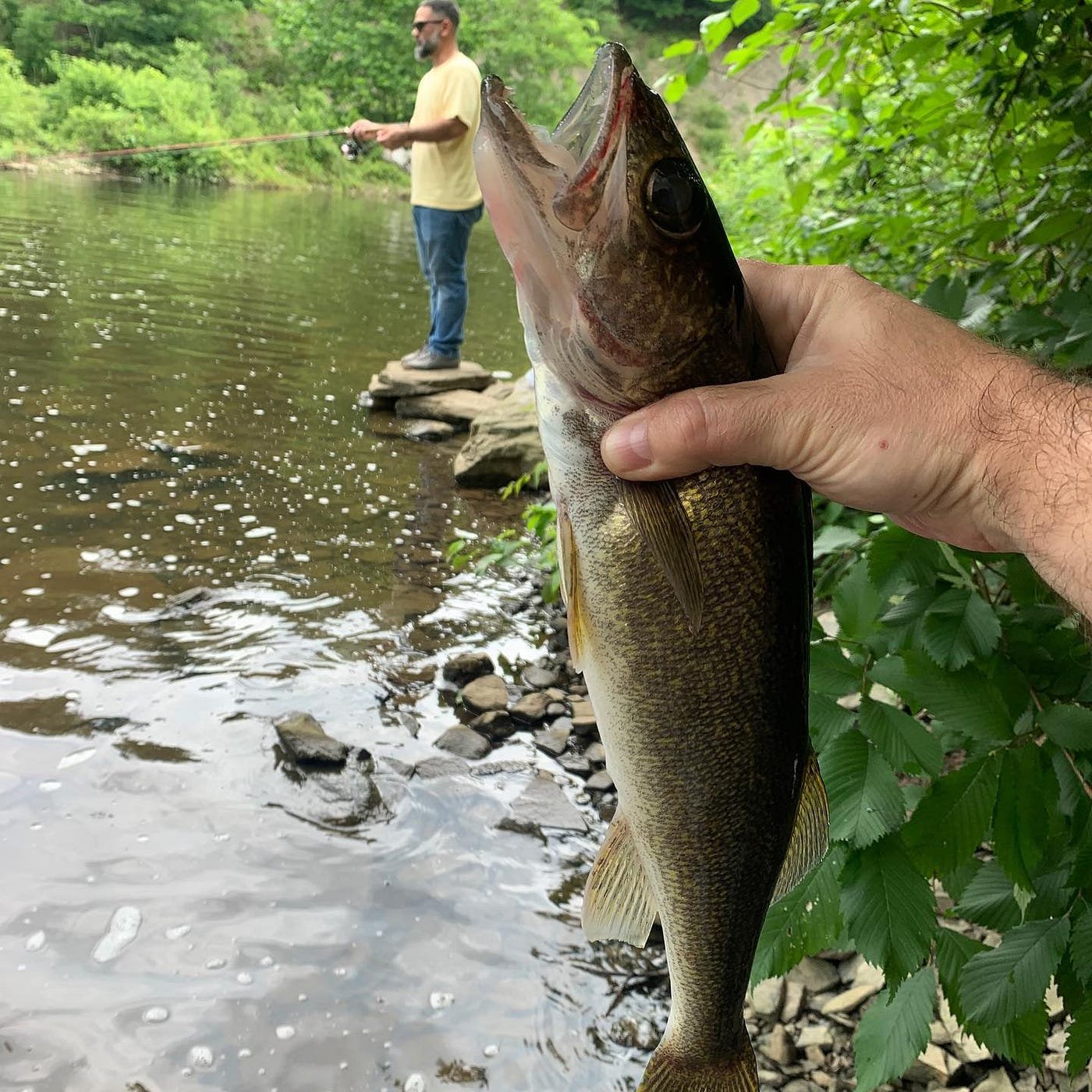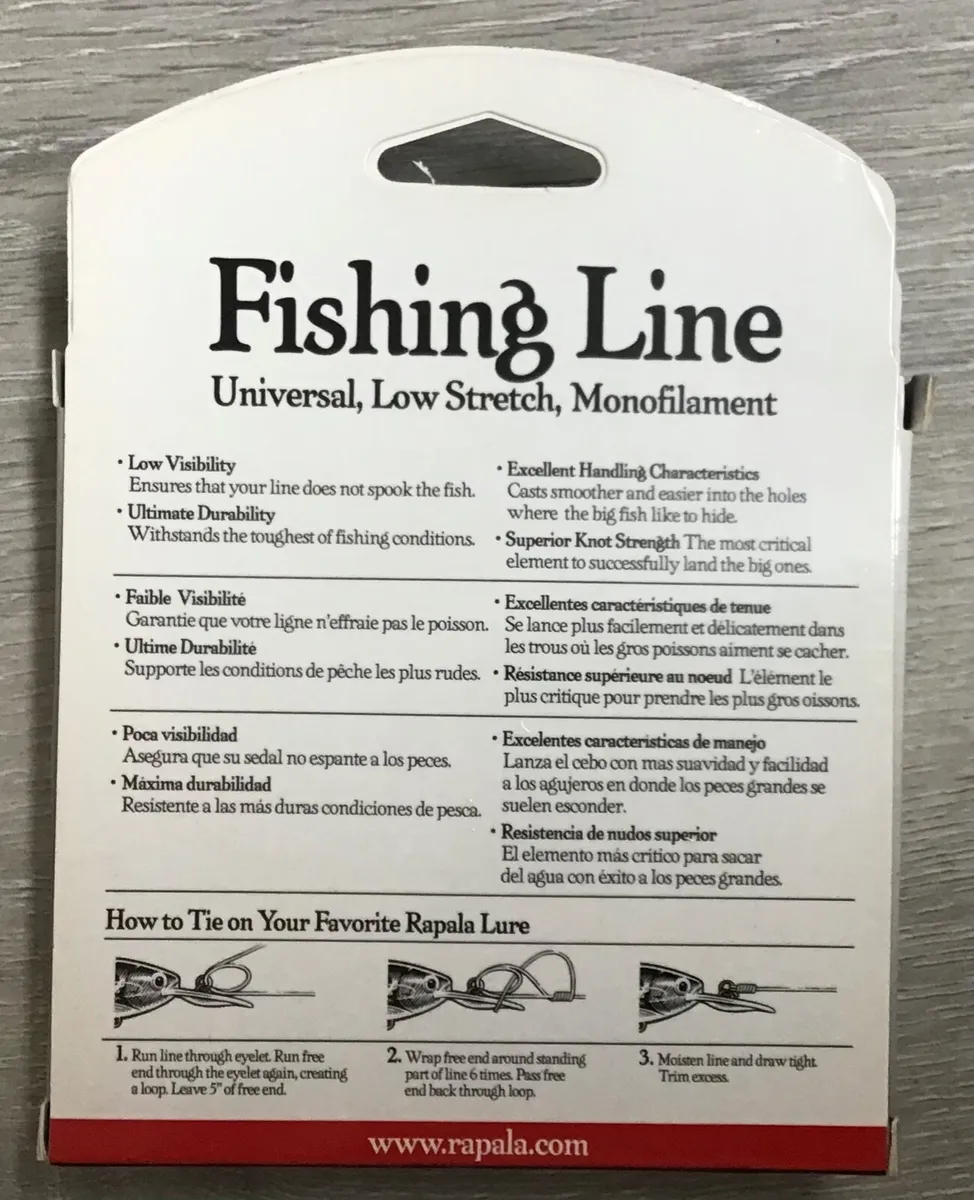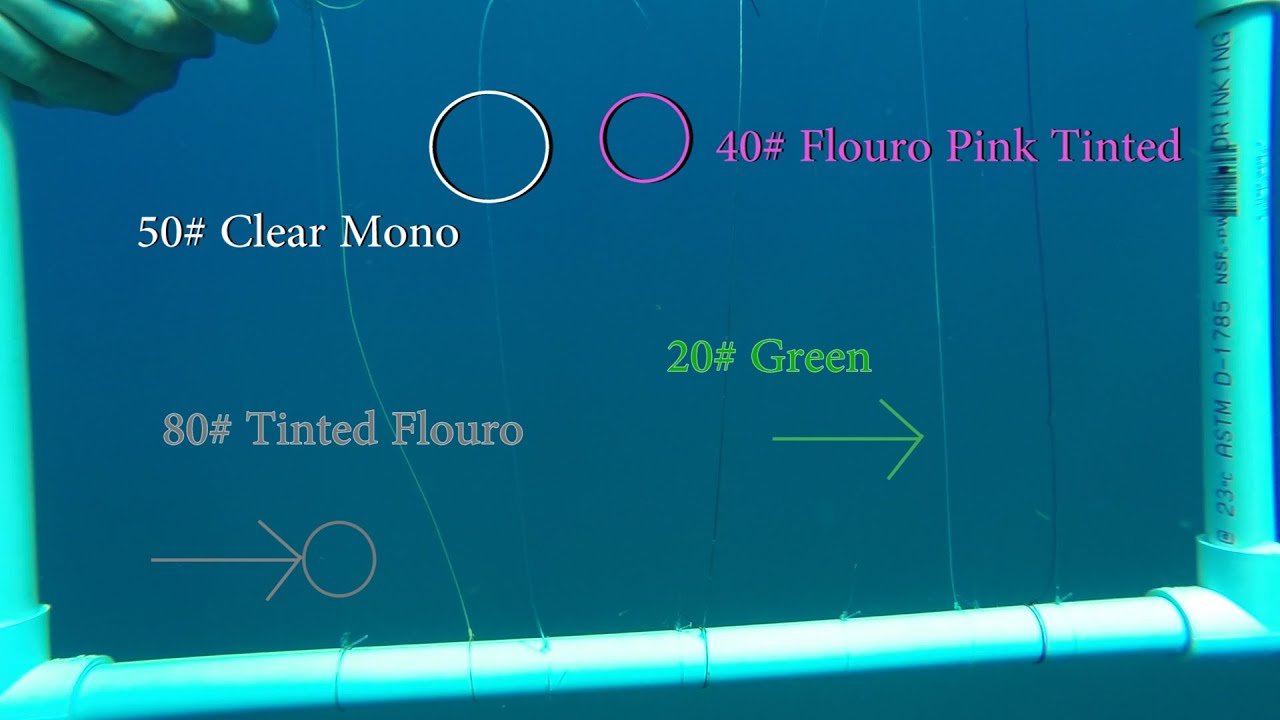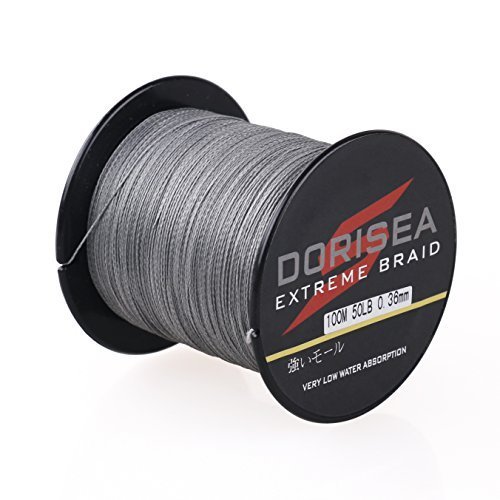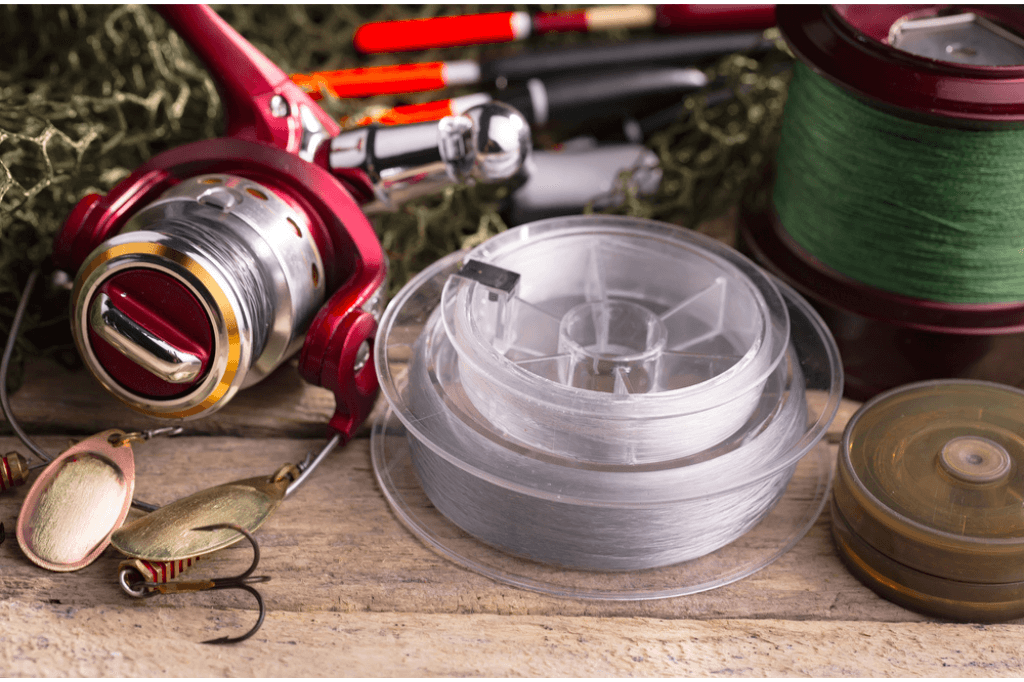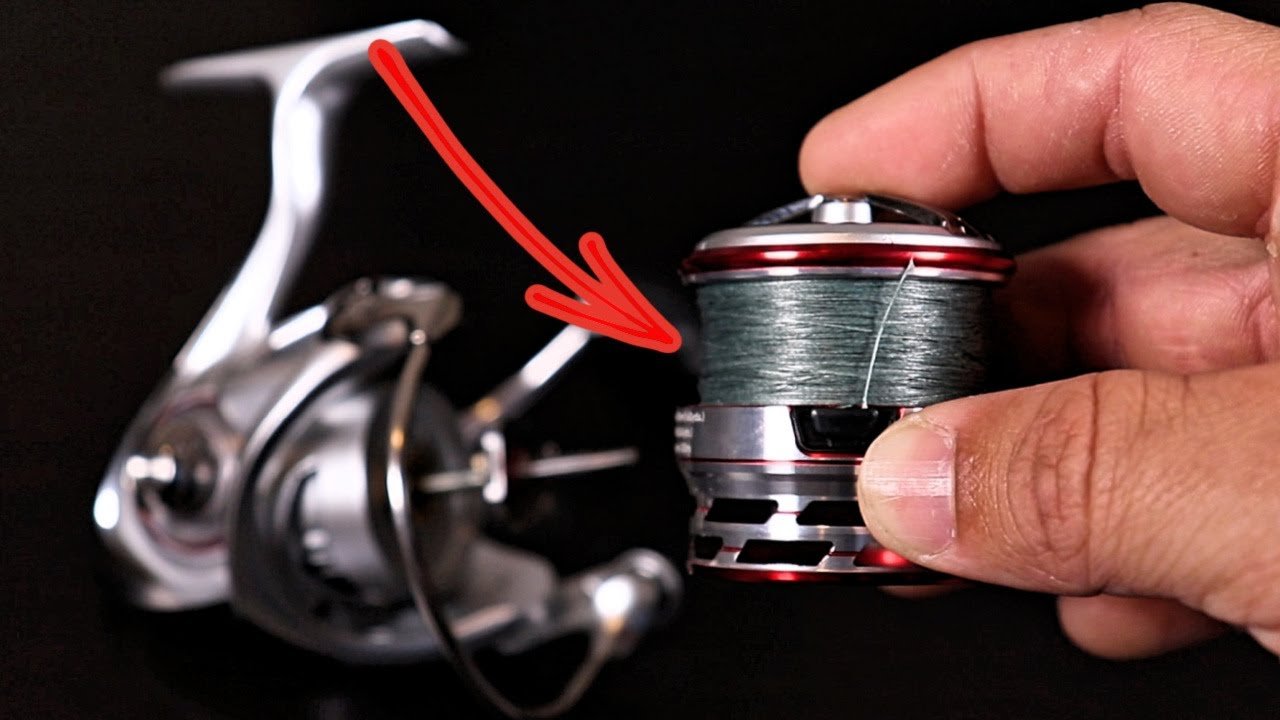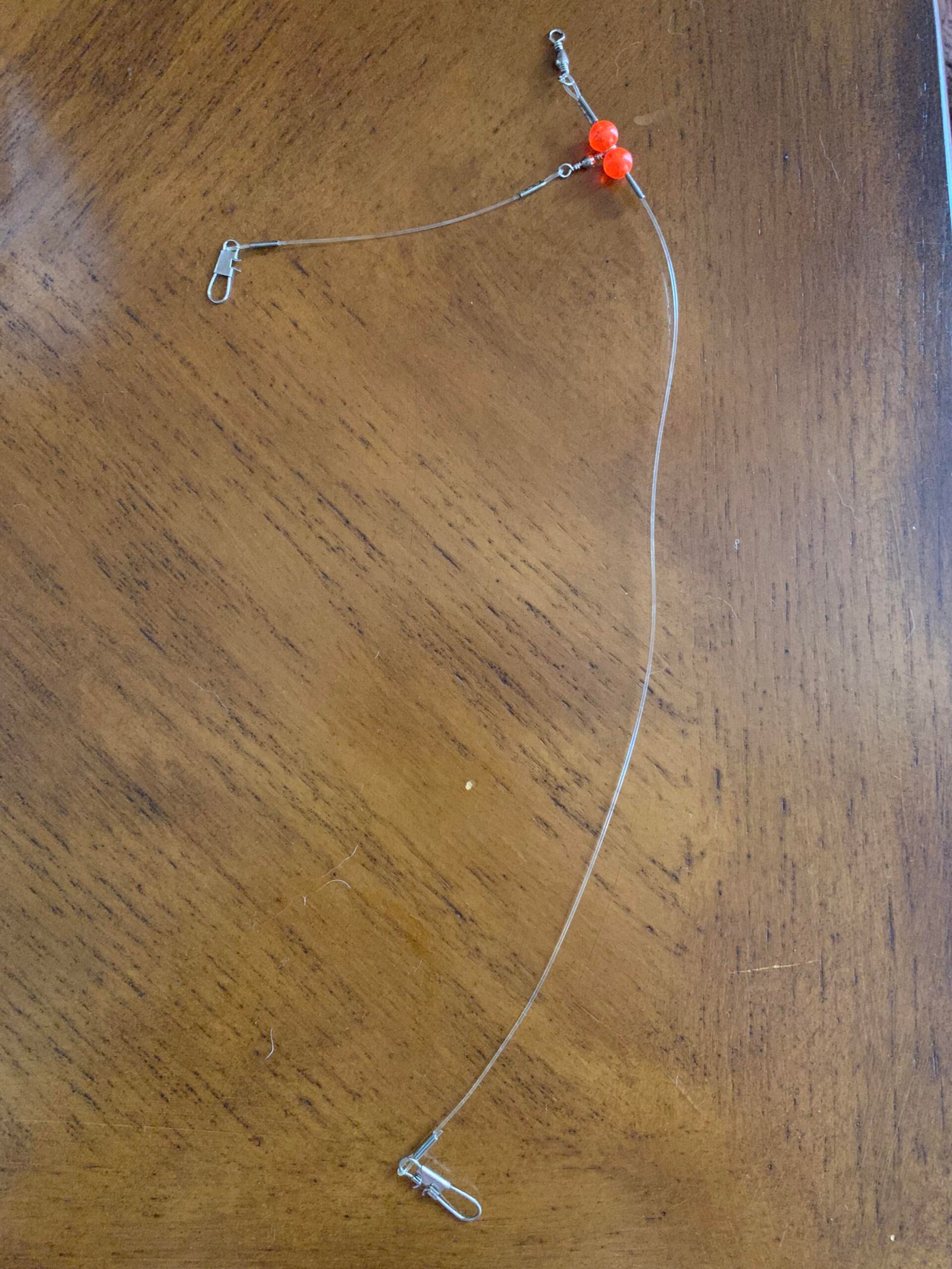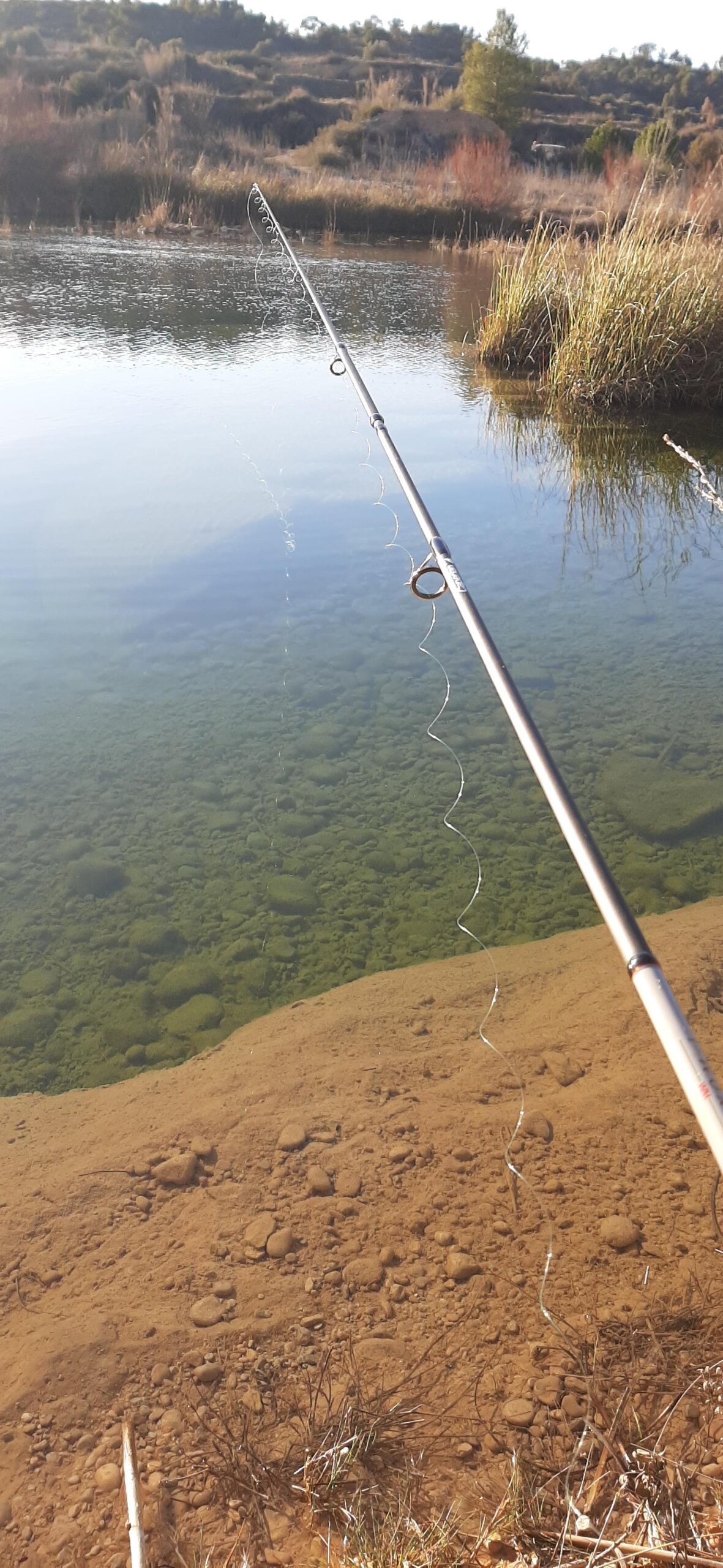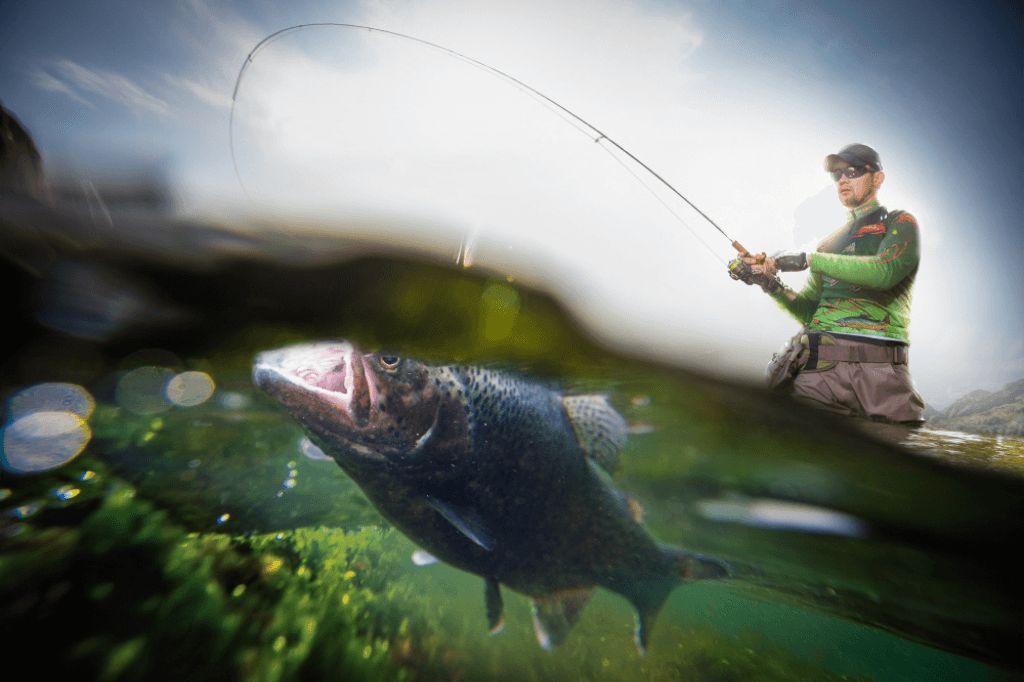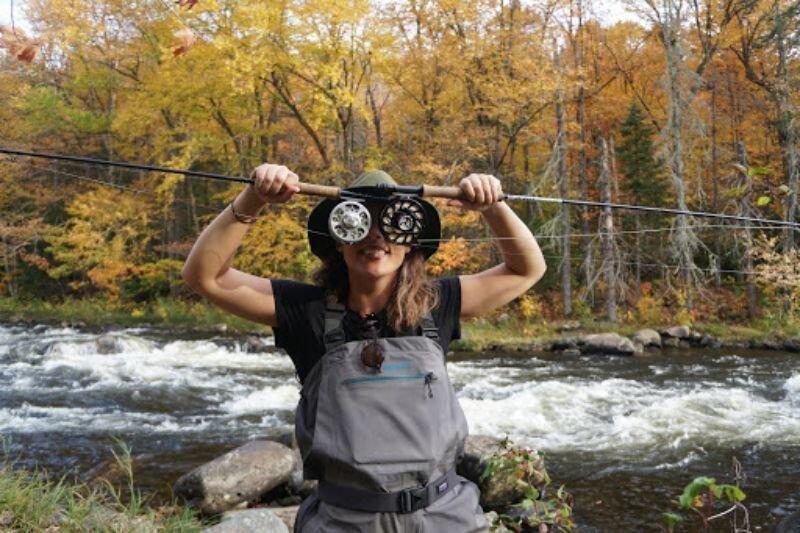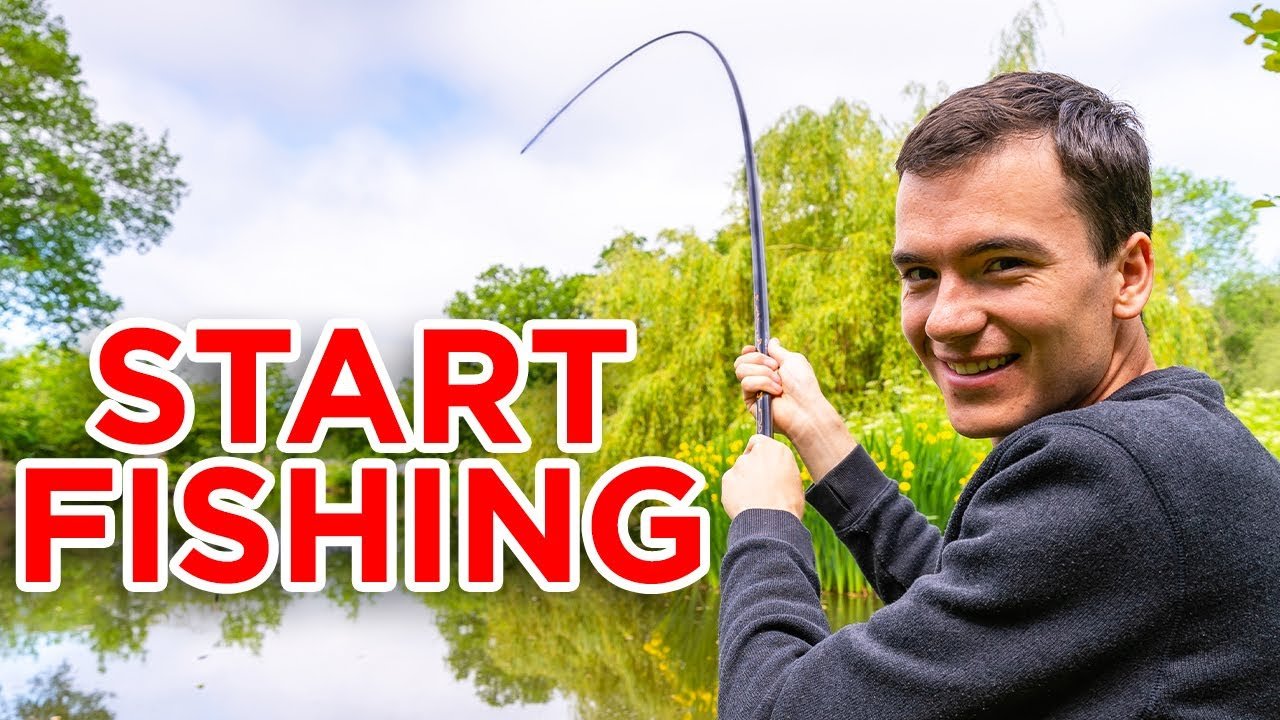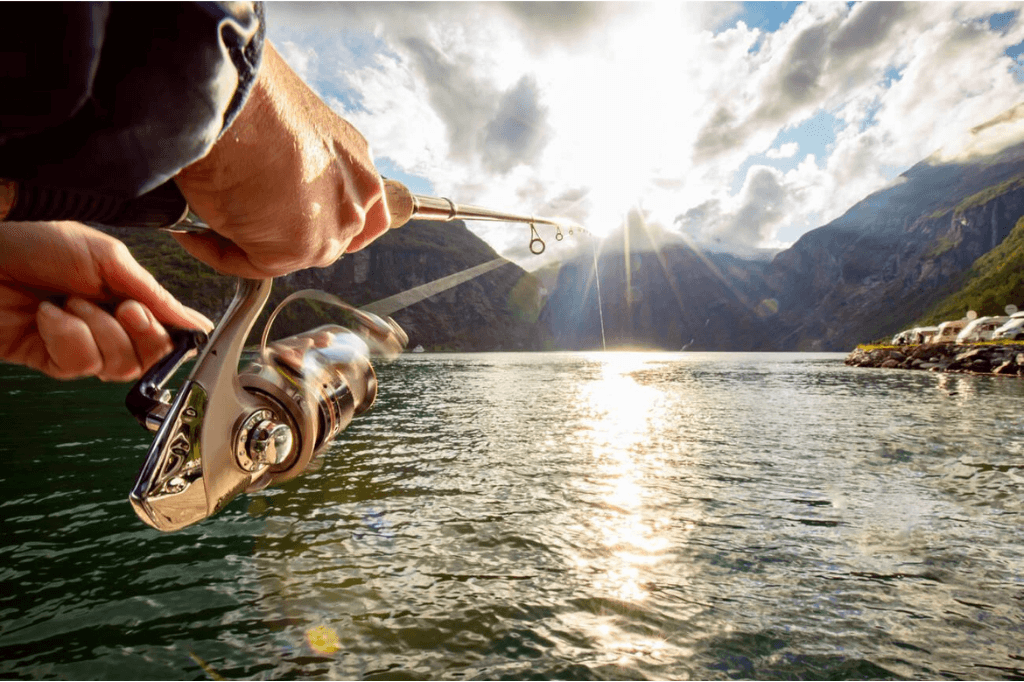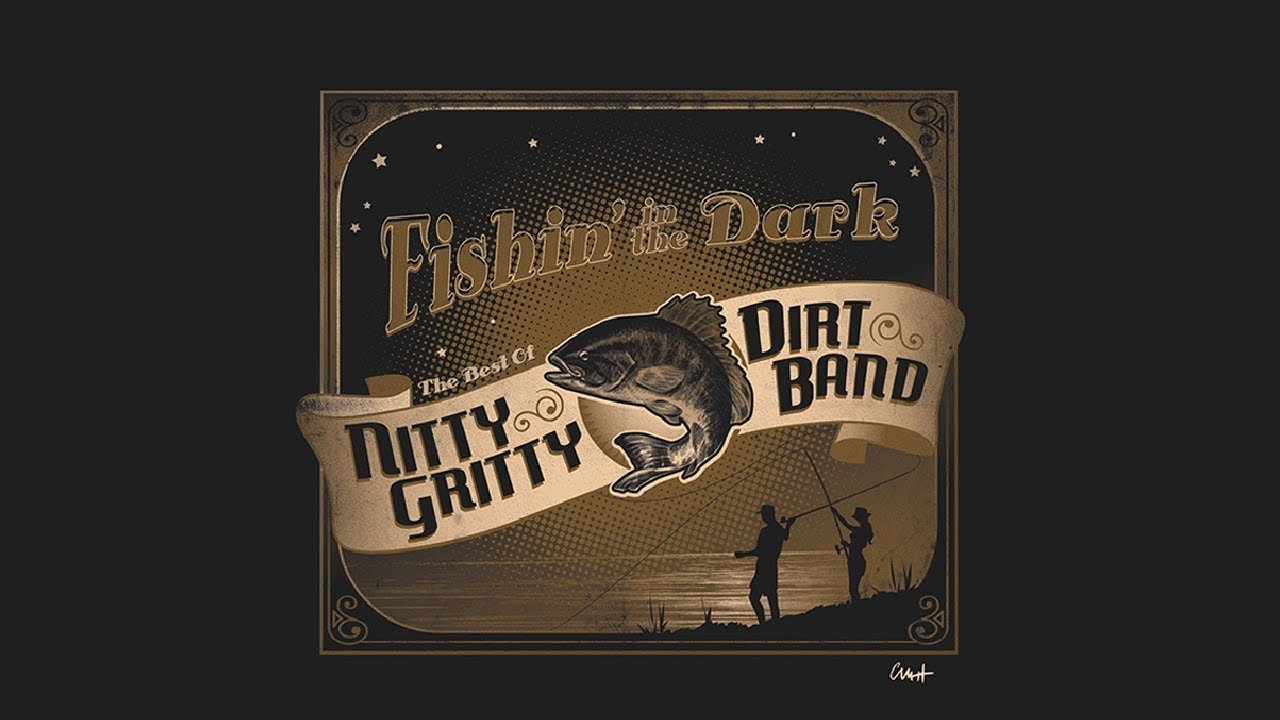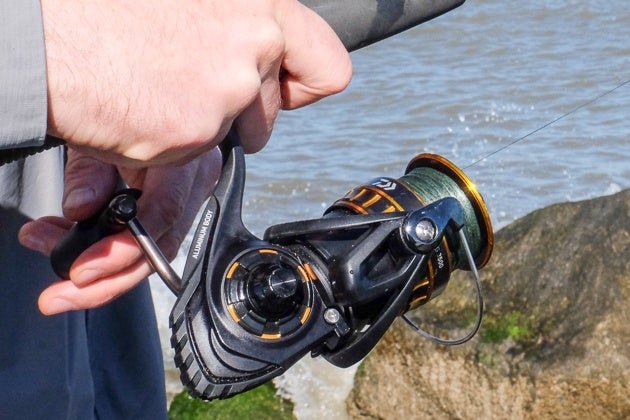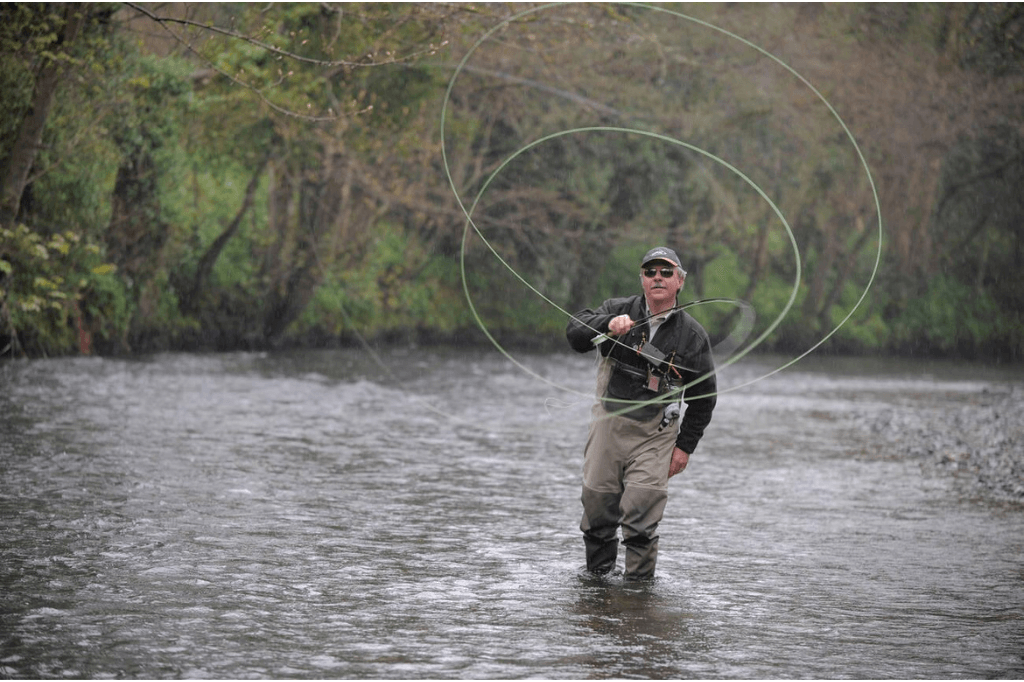Saltwater anglers rely on an array of specifically designed lures to outsmart fish like tuna, marlin, and bass. These lures come in different shapes, sizes, and colors, each tailored to specific water conditions and target species. Surface poppers, spoons, and soft plastic lures are popular choices, often engineered to withstand the corrosive saltwater environment.
With the right lure, anglers can improve their catch rate and enjoy a more fruitful fishing experience. The selection process is a strategic part of fishing that can make a significant difference in a successful outing on the high seas.
Types Of Saltwater Fishing Lures
Welcome to the thrilling world of saltwater fishing, where the right lure can make all the difference! A lure is more than just a piece of fishing equipment. It’s the key to enticing some of the ocean’s most sought-after game. Discover the types of saltwater fishing lures and learn how to choose the perfect arsenal for your next adventure on the waves.
Soft Plastics
Soft plastic lures mimic the movement of natural bait. They come in shapes like shrimp, crabs, and fish. These lures bend and wiggle in water, triggering bites from hungry predators. They work best for fish like flounder and redfish.
Hard Baits
Hard baits, such as plugs and crankbaits, are solid lures for casting and trolling. With their variety of diving depths and swimming actions, anglers target species like tuna and wahoo. The durability of hard baits withstands bites from larger fish. Jigs are versatile lures that consist of a weighted head and a tail made of feathers or soft plastic. Grubs, which are a type of jig with a soft, plastic body, often resemble squid or other prey. Include these lures for bottom feeders like grouper. Metal spoons and spinners create flash and vibration to attract fish. These simple yet effective lures work for a variety of species, including mackerel and bluefish. Their bright, reflective surfaces mimic the flash of fleeing baitfish. Top water lures stay on the water’s surface, causing splashes and disturbances. They trigger spectacular strikes from fish like tarpon and sea bass. These lures offer excitement as anglers watch the fish attack from below.
Factors To Consider When Choosing Lures
Anglers everywhere know that the right lure can make all the difference. Let’s dive into the factors you need to weigh before casting your line.
Water Conditions
Water clarity and temperature guide your lure choice. Murky waters call for vibrant and noisy lures to grab attention. Clear waters are perfect for subtle and realistic presentations.
Target Species
Every fish has a preference. Match the hatch by choosing lures that mimic the local prey of your target species.
- Big game fish like robust, flashy lures.
- Smaller species prefer delicate, smaller lures.
Location
Fish hide and hunt in specific spots. Open water demands different lures compared to structures or grass beds.
| Location Type | Lure Suggestion |
|---|---|
| Rocky Bottom | Jigs and Crankbaits |
| Open Water | Spoons and Trolling Lures |
Seasonality
Fish behaviors shift with seasons. Use top water lures in warmer months. Cold water often means deeper fishing with heavy spoons or jigs.
Fishing Technique
The way you reel in can set the stage for a strike. Trolling requires lures that perform well at constant speeds. For casting, consider lures that move erratically to mimic wounded prey.
Soft Plastic Lures
Soft Plastic Lures are a staple for saltwater anglers. These lures are versatile, durable, and come in shapes and sizes to mimic a variety of ocean prey. Whether targeting speckled trout or chasing red drum, soft plastics provide enticing movement and colors. Now, let’s dive into the best types for your tackle box.
Shrimp Imitations
Nothing tempts inshore species like the classic shrimp. Shrimp imitations replicate the look and feel of real shrimp. Their lifelike texture fools picky predators. Cast these near grass beds or structure for best results. Many come pre-rigged with a weighted hook for an easy setup.
Worms
Worms are perfect for a subtle approach. They have a wiggling action that fish find irresistible. Use them with a slow retrieve on a jig head or as part of a Carolina rig. Their long, slender bodies mimic various marine worms and eels.
Grubs
Grubs have a chubby, round profile with a curly tail. This combination creates vibrations and movement, even in slow currents. They work well for species like flounder that feed off the bottom. Match the grub color with the water conditions for best results.
Swimbaits
Equipped with a paddle tail, swimbaits offer a natural swimming motion. They excel in mimicking baitfish. Run them through the water with a steady retrieve, and the paddle tail does the rest. They come in sizes suitable for a variety of target species.
Creature Baits
For bigger strikes, turn to creature baits. These odd-looking lures bring success with their unique appendages. Each limb creates extra movement and disturbance. Rig them Texas-style for weed less performance around structures and in the surf.
Example of table usage for presentation.
Hard Bait Lures
Fishing in saltwater calls for special lures. Hard bait lures stand out as a top choice. These lures mimic the movement of prey. Fish find them hard to resist. Let’s dive into the world of hard bait lures and discover how they help you hook the big ones.
Crankbaits
Crankbaits are all-stars for catching fish. Their design makes them wobble. This looks like a swimming fish. Anglers love using crankbaits. They work well for many fish types.
- Diving Lip: Helps the lure go deep.
- Colorful Patterns: Attract fish in clear and murky waters.
- Various Sizes: Match the prey fish in your area.
Jerk baits
The right jerk bait could be your key to success. Jerk baits look like slender fish. You jerk them through the water. This makes them irresistible to predators.
- Keep Rod Tip Down: This helps in saltwater currents.
- Vary Retrieval Speed: Mimic wounded fish better.
- Pause Frequently: Give predators time to strike.
Popper Lures
Popper lures create noise. This grabs the attention of fish. They make a splash. This simulates an injured fish on the surface.
| Feature | Benefit |
|---|---|
| Concave Nose | Creates a loud pop. |
| Bright Colors | Easy for fish to spot. |
| Feathered Hooks | Additional attractant. |
Swimming Plugs
Swimming plugs move naturally in water. They can dive or stay near the surface. Match the lure to the fish you’re after.
- Floating
- Use near surface structures.
- Diving
- Good for deeper targets.
Sinking Lures
Sinking lures drop down into deeper waters. Fish that feed below often fall for these. Cast them out and count as they sink. Then start your retrieval. You control their depth. Remember: Change your retrieval speed. Keep an eye on the line tension. This tactic will help you land catches in all depths!
Jigs And Grubs
Sport fishing isn’t just about casting a line and hoping for the best. It’s an art form. Seasoned anglers know the power of jigs and grubs. These lures mimic the movement and appearance of prey. Predatory fish find them irresistible. With the right jig or grub, anglers turn a slow day on the water into a memorable fishing triumph. Let’s dive into different types of jigs and grubs to elevate your saltwater fishing experience.
Bucktail Jigs
Bucktail jigs stand out in the lure lineup. They feature deer hair tied around a lead head. This creates a natural, flowing action in water. Attraction skyrockets as these jigs resemble live bait. They’re a go-to for species like striped bass and flounder.
Lead Head Jigs
Lead head jigs are versatile warriors of the tackle box. They possess a solid weight-to-size ratio. This allows for deeper water fishing where monsters lurk. Pair them with a soft lure. The combination is often too tempting for fish to ignore.
Rubber Grubs
Rubber grubs bring simplicity and effectiveness together. They are easy to use. Cast them out and retrieve with a slow jigging motion. Watch as their spiraling descent triggers bites from species like snook and tarpon.
Plastic Shad Bodies
Shad bodies made of plastic offer a realistic texture and look. Their design is sleek. They resemble the shad fish, a common prey for many saltwater predators. They work exceptionally well when fishing around structures or over sandy bottoms.
Curl Tail Grubs
Curl tail grubs have a distinctive tail that moves with the current. This tail action mimics a live creature’s swim. It’s this natural motion that often results in a solid hit. They are ideal for targeting species like sea trout and red drum.
Spoons And Spinners
Thrilled by the thought of reeling in the big one? Let’s dive into the shiny world of spoons and spinners, two types of lures that glimmer with the promise of an impressive catch. With their reflective appeal and mesmerizing movement, these lures are magic in the water, attracting all sorts of saltwater game.
Casting Spoons
Casting spoons are a favorite among anglers. These are designed for distance, letting you cover more water. Here’s why they’re a staple in any tackle box:
- Reflective surface mimics small baitfish.
- Easy to use with a simple cast-and-retrieve technique.
- Available in multiple sizes to target different species.
Trolling Spoons
Trolling spoons excel when you’re on the move. They’re ideal for offshore fishing, attracting species like tuna and mackerel. Key points include:
- Larger and heavier than casting spoons.
- Designed to be pulled behind a moving boat.
- Create a seductive action that fish can’t resist.
Inline Spinners
Inline spinners boast a spinning action that sends vibrations through the water. This action calls out to predatory fish. Important features are:
- Blade spins around a wire shaft.
- Creates sound and movement.
- Effective in clear and murky waters.
Spinnerbaits
Spinnerbaits combine color and vibration to lure in fish. This lure’s dual charm includes:
- A weighted end and one or more spinning blades.
- Mimics the motion of a wounded baitfish.
- Great for fishing around structures and weeds.
Buzz baits
For surface action, nothing beats buzz baits. Their noise and commotion on the water surface create irresistible targets for aggressive fish. Buzzbaits are known for:
- A propeller-like blade that churns water.
- Creating a buzzing sound to attract attention.
- Being a top choice for catching bass.
Top water Lures
Top water lures are thrilling tools for saltwater anglers. These lures sit on the water’s surface, mimicking injured prey. Ideal for exciting, visually spectacular strikes, the right topwater lure can transform a quiet day on the water into a frenzied fishing experience. Explore the most popular types for an action-packed day at sea.
Poppers
- Poppers create a splash when jerked, attracting fish.
- They have a concave face that “pops” on the retrieve.
- Great for species like bass and tuna that hunt by sight.
Floating Stick baits
- Sleek floating stick baits glide on the surface.
- They imitate wounded baitfish, luring predators.
- Use with a steady retrieve or twitch them for effect.
Wake Baits
- Wake Baits trail a V-wake, mimicking swimming bait.
- Effective at dawn or dusk in calm or lightly choppy water.
- They draw explosive surface strikes from ambush feeders.
Walk The Dog Lures
- These lures zigzag with a “walk the dog” action.
- Walk the Dog lures require rhythmical rod twitches.
- Effective for enticing strikes from lurking predators.
Buzz baits
- Buzz baits have spinning blades creating vibration and noise.
- Bold buzz baits excel in murky water where visibility is low.
- Fast retrieves work well for aggressive species.
Different Colors And Patterns
Every angler knows that the right saltwater fishing lure can make a big difference. From silent bays to the roaring open seas, these lures help you reel in the prize. Color and pattern play crucial roles in the world of fishing lures. Let’s dive into the colorful ocean of lures and discover how different hues and designs attract various species.
Natural Colors
Imitate the prey to trick the predator. That’s the game plan with natural colored lures. Fish often hunt by sight, looking for familiar shapes and shades. Lures in greens, browns, and whites can mimic local fish and crabs they usually munch on.
Bright Colors
Bright colors shout out in murky waters. These vibrant lures stand out against the dim backgrounds. Think hot pinks, electric blues, and sunny yellows. They’re perfect for cloudy days and deeper waters. This color burst can lead to a strike when visibility is low.
Iridescent Colors
Nothing catches a fish’s eye like a shimmer. Iridescent lures reflect light to create a life-like glimmer. Under sunlight, these lures twinkle, simulating the subtle shine of real fish scales. It’s a lure that looks alive and ready to be chased.
Glow-in-the-dark
Light up the deep with glow-in-the-dark lures. These groundbreaking baits glow beneath the surface, perfect for nighttime excursions or exploring dark waters. They often lead to successful catches when traditional lures fade into the darkness.
Patterned Designs
Patterns can be powerful. Stripes, spots, and swirls do more than just look pretty. They serve a purpose. Patterns can break up the shape of the lure, making it harder for fish to detect as a foreign object. It’s about creating an illusion that’s too tempting for fish to ignore.
Techniques For Using Saltwater Fishing Lures
Mastering the art of using saltwater fishing lures can make a significant difference in your success on open waters. Different conditions and species of fish require distinct techniques to lure them in effectively. Grasp these methods to enhance your saltwater angling adventure.
Casting And Retrieving
This basic technique involves casting the lure out into the sea and retrieving it in a way that mimics live prey. Varying the speed can attract different fish; slow retrieves are ideal for bottom-feeders, while faster retrieves may entice more aggressive predators.
Jigging
Jigging is a vertical technique where you drop a weighted lure to the desired depth and vigorously move it up and down. The erratic motion mimics wounded baitfish, making it irresistible to nearby predators.
- Drop the lure to the bottom.
- Lift with a sharp upward motion.
- Let it fall while controlling the slack.
- Repeat to entice a strike.
Twitching
Twitching involves a series of jerks and pauses with the rod to give life to your lure. It’s an effective approach for predatory fish that are attracted to injured prey, as it creates a realistic movement.
Trolling
Trolling allows you to cover more water by moving the lure behind a slowly advancing boat. Different depths and trolling speeds can be used to target specific species.
Surface Popping
Surface popping generates noise and splashes, mocking surface prey in distress. This technique is perfect for species that hunt on the water’s surface, triggering explosive strikes.
- Cast your popper near suspected fish activity.
- Wait a few seconds after it lands.
- Pop the rod tip to create a splash.
- Pause and repeat until a fish strikes.
Fishing Knots For Lure Attachment
Improved Clinch Knot
The Improved Clinch Knot is a trusted choice for many anglers. It’s a secure, easy-to-tie knot that works well with a variety of lures.- Thread the line through the lure eyelet.
- Wrap the tag end around the standing line five to seven times.
- Pass the tag end through the loop closest to the eyelet.
- Thread the tag end through the larger loop you just created.
- Moisten and tightly pull the knot.
Palomar Knot
The Palomar Knot is strong and simple, suitable for monofilament and braided lines.- Double 6 inches of line and pass the loop through the lure’s eyelet.
- Tie a basic overhand knot with the doubled line.
- Pass the lure through the loop end.
- Pull on both the line and tag end to tighten the knot snugly.
Uni Knot
The Uni Knot is versatile, ideal for virtually any fishing line. It’s recommended for lines up to 50 pounds.- Run the line through the eye and double back parallel to the standing line.
- Create a loop by laying the tag end over the doubled line.
- Wrap the tag end around the double line and through the loop six times.
- Tighten the wraps and slide the knot down to the eye while pulling on the tag end.
Loop Knot
The Loop Knot allows more movement for the lure, presenting a more natural action in water.- Form a loop and pass the end of the line through the eyelet.
- Tie an overhand knot with the loop.
- Pass the lure through the loop end and tighten by pulling both the standing line and tag end.
Double Uni Knot
The Double Uni Knot is excellent for joining lines of similar or different diameters.- Overlap the end of the leader and main lines.
- Tie a Uni Knot in the main line around the leader with 3-4 wraps.
- Repeat the Uni Knot with the leader line around the main line with 3-4 wraps.
- Pull both standing lines to slide the knots together.
Setting Up Your Fishing Gear For Saltwater Lure Fishing
Choosing The Right Rod And Reel Combo
Proper equipment is crucial for saltwater lure fishing. Match the rod and reel to the species you target. A lighter combo works for small fish. Go heavier for giants.- Quick action rods give sensitivity and power.
- Medium power rods blend flexibility and strength.
Selecting The Proper Gear Ratio
Reel speed impacts your control and lure movements. A high gear ratio reels in fast for quick lures. Lower ratios provide more torque for big fish.Leader Length And Strength
A leader protects your line from sharp teeth and rough conditions. Use a short leader for clearer water. Opt for a longer leader in murky settings. Ensure the strength matches the targeted fish.Using The Right Line Type
The line connects you with the catch. Braided lines offer strength and sensitivity. Monofilament lines are more forgiving with stretch. Consider your lure and fish type when choosing.Checking And Maintaining Your Equipment
Regular checks keep your gear in top shape. Look for line nicks, reel smoothness, and rod cracks. Clean and oil your reel as needed. Store your gear correctly to avoid rust and damage.Tips And Tricks For Successful Saltwater Fishing With Lures
Whether you’re casting your line off a pier or trolling in open waters, saltwater fishing can be thrilling. But to truly succeed, you need tactics up your sleeve. This blog post offers tips to revolutionize your experience with saltwater fishing lures.
Vary The Retrieve Speed
Don’t let predictability ruin your game. Switching up the speed when retracting your lure can make all the difference. Here’s how:
- Quick Twitch: Mimic panicked prey with sudden, fast tugs.
- Slow Drag: Bring in the lure leisurely to appear as easy bait.
- Pause: Stop reeling briefly; it invites curious strikes.
Experiment With Lure Depths
Fish might be deeper than you think. Or higher. Test various depths with your lures to locate their hangouts. Use these tips:
- Top water lures for surface action.
- Midwater lures to explore the column.
- Sinkers and jigs for the deep-seekers.
Match The Hatch
Your lure should resemble local snacks. Study baitfish types near your fishing spot. Use lures that copy the look and movement of these fish.
| Area | Common Baitfish | Lure Example |
|---|---|---|
| Reefs | Shad | Silver Spoons |
| Estuaries | Mullet | Swimbaits |
Pay Attention To Weather Patterns
Good fishermen know that weather affects fish behavior. Be aware:
- After storms, seek churned waters for active feeding.
- On sunny days, aim for shade where fish hide.
Observe The Signs Of Fish Activity
Be a detective on the water. Look for signs of life—bird activity, bait balls, and surface disturbances. They often lead to fish.
- Diving birds often mean fish are near.
- Watch for ripples or splashes signaling feeding.
Safety Precautions And Regulations For Saltwater Fishing
Safety Precautions and Regulations for Saltwater Fishing ensure a great experience on the water. Each angler must respect these rules for a sustainable and safe fishing adventure. Understand size and bag limits, have a valid fishing license, and dress for safety. Always check the weather and local regulations before heading out. These measures protect you and marine life.
Observe Size And Bag Limits
To maintain fish populations, anglers must follow size and bag limits. These limitations help fish species thrive. Always check the current regulations and do not take more than allowed. Release smaller or excess fish gently back into the water.
Have A Valid Fishing License
Fishing licenses are a must for saltwater fishing. They contribute to conservation efforts. Buy your license from local wildlife agencies. Carry it with you to avoid fines or penalties.
Wear Appropriate Safety Gear
Always wear a life jacket. A life jacket can save you in emergencies. Wear sun protection, too, like sunglasses and sunscreen. This protects your skin and eyes from harmful rays.
Be Aware Of Weather Conditions
Weather dictates safety on the water. Check forecasts before leaving. Avoid fishing in bad weather. Sudden changes can be dangerous at sea. Always err on the side of caution.
Follow Local Fishing Regulations
Local fishing regulations vary. Know the rules for the area you plan to fish. These rules protect local ecosystems. They also ensure the long-term sustainability of fish stocks. Adhere to them strictly.
Maintaining Lures For Longevity: Saltwater Fishing Lures
Maintaining Lures for Longevity is key to successful saltwater fishing. Proper care ensures lures perform their best on every trip. Follow these simple steps to keep your lures in top shape for countless casts to come.
Clean Lures After Use
Saltwater can corrode and damage lures over time. Clean each lure with fresh water after use. Use a soft brush to remove salt residue and bait debris. Towel dry lures before storing them away.
Inspect For Damages
- Check for cracks or chips in the lure body.
- Examine the lures for fading or peeling paint.
- Ensure swivel actions are smooth.
Replace Worn-out Hooks
Dull or rusty hooks lessen your catch rate. Look at hooks after each outing. Replace them if they are not sharp or show signs of rust.
Store Lures Properly
- Use divided tackle boxes to prevent lures from tangling.
- Keep lures dry in a well-ventilated space.
- Sort lures by size and type for easy access.
Avoid Exposing Lures To Extreme Temperatures
Dire heat can warp lures. Cold can make them brittle. Store lures in a moderate temperature area. Avoid the car trunk or direct sunlight as storage places.
Popular Saltwater Fishing Locations
Gulf Of Mexico
Warm waters and diverse species make the Gulf of Mexico a fisherman’s haven. Target snapper, grouper, and kingfish among others. Launch from Texas, Louisiana, or Florida. Each offers unique experiences and ample opportunities for an impressive haul. Florida KeysFlorida Keys
The Florida Keys are a string of tropical islands known for world-class fishing. In these crystal-clear waters, you’ll find tarpon, permit, and bonefish. Bring your best lures to the Keys. Their allure is unmatched. North Carolina CoastNorth Carolina Coast
The North Carolina Coast boasts rich marine life. Gear up for bluefish, striped bass, and dolphinfish. Ports like Morehead City and the Outer Banks serve as gateways. Welcome angling adventures in these blue waters. California CoastCalifornia Coast
The expansive California Coast offers a mix of surf, pier, and deep-sea fishing. Seek yellowtail, halibut, and sea bass. San Diego, Santa Barbara, and San Francisco Bay are among the hot spots. They promise an eclectic fishing experience. Chesapeake BayChesapeake Bay
Chesapeake Bay stands out for its plentiful striped bass, known locally as rockfish. Test your lures against blue crab and flounder too. This estuarine expanse bridges Virginia and Maryland’s fishing cultures. It provides a bounty for anglers.Frequently Asked Questions Of Saltwater Fishing Lures
What Are The Best Saltwater Fishing Lures?
Saltwater fishing lures vary by species and water conditions. Popular options include spoons for their versatility, surface poppers for topwater action, and soft plastics that mimic live bait. Experimentation is key to finding the best lure for your conditions.
How To Choose Saltwater Fishing Lures?
Choosing saltwater lures depends on targeted fish species, water clarity, depth, and current conditions. Opt for bright, reflective lures in clear water. In murkier waters, use lures that create vibrations or have strong scents to attract fish.
When To Use Top water Lures For Saltwater Fishing?
Use top water lures during early morning or late afternoon for saltwater fishing. This is when predatory fish are most active and likely to strike surface lures. Calm, warm waters increase the effectiveness of top water lures.
Can You Reuse Saltwater Fishing Lures?
Yes, saltwater fishing lures can be reused multiple times. Proper cleaning and maintenance after each use can extend their lifespan. Store them dry to prevent rust and degradation, ensuring they’re effective for your next trip.
Conclusion
Navigating the vast sea of saltwater fishing lures doesn’t have to be overwhelming. With the insights and tips shared here, you’re equipped to make savvy choices that could significantly enhance your next angling adventure. Remember, the right lure not only attracts the catch but also amplifies the thrill of the sport.
So, cast with confidence and let your chosen lures work their aquatic magic.


